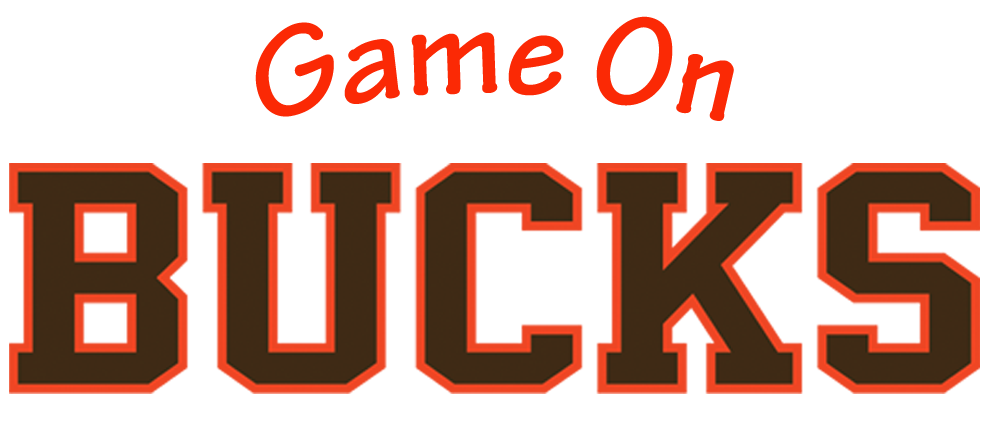
Pick a Partner
Pick A Partner Buck Achievement Challenge
1. Partner with a teacher in a different grade level or subject area
2. Develop a cross-curricular or cross-grade level lesson that incorporates some form of technology and will be completed by students in both classes (Info below from https://www.thoughtco.com/cross-curricular-connections-7791)
Parallel Curriculum Integration – In this situation, teachers from different subject areas focus on the same theme with varying assignments. A classic example of this involves integrating the curriculum between American Literature and American History courses. For example, an English teacher might teach “The Crucible” by Arthur Miller while an American History teacher teaches about the Salem Witch Trials. By combining the two lessons, students can see how historical events can shape future drama and literature. The benefit of this type of instruction is that teachers maintain a high degree over their daily lesson plans.
Multi-Disciplinary Curriculum Integration – Multidisciplinary curriculum integration occurs when there are two or more teachers of different subject areas who agree to address the same theme with a common project. A great example of this is a class-wide project like a “Model Legislature” where students write bills, debate them, and then gather together to act as a sitting legislature deciding on all the bills that got through the individual committees. Both American Government and English teachers have to be very involved in this sort of project to make it work well. This type of integration requires a high degree of teacher commitment which works great when there is high enthusiasm for the project.
Transdisciplinary Curriculum Integration – This is the most integrated of all types of curricular integration. It also requires the most planning and cooperation between teachers. In this scenario, two or more subject areas share a common theme which they present to the students in an integrated fashion. Classes are joined together. The teachers write shared lesson plans and team teach all the lessons, weaving the subject areas together. An example of this would be an English and Social Studies teacher jointly teaching a unit on the Middle Ages. Instead of having students learn in two separate classes, they combine forces to ensure that the needs of both curriculum areas are met.
3. Write a short summary telling us about the project
- Which teacher did you partner with for this challenge?
- What content was covered by each teacher in the lesson?
- How did technology play a role in the lesson?
- Which of the 3 integration methods discussed in step 2 were used for this lesson?
- Will you continue to develop cross-curricular/grade level lessons?
